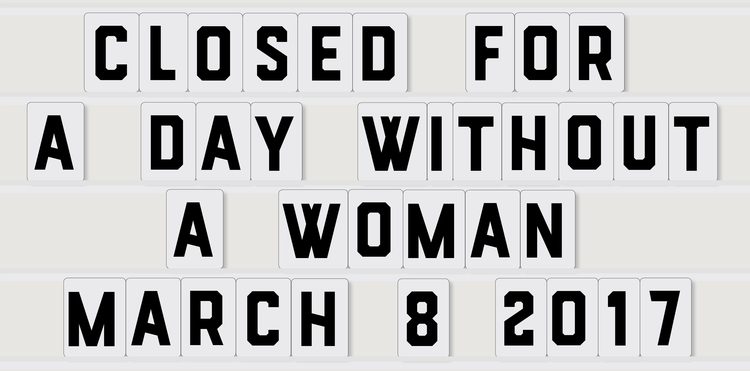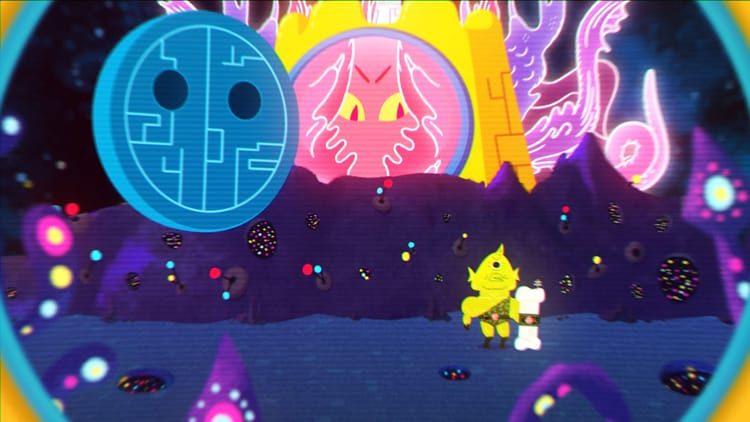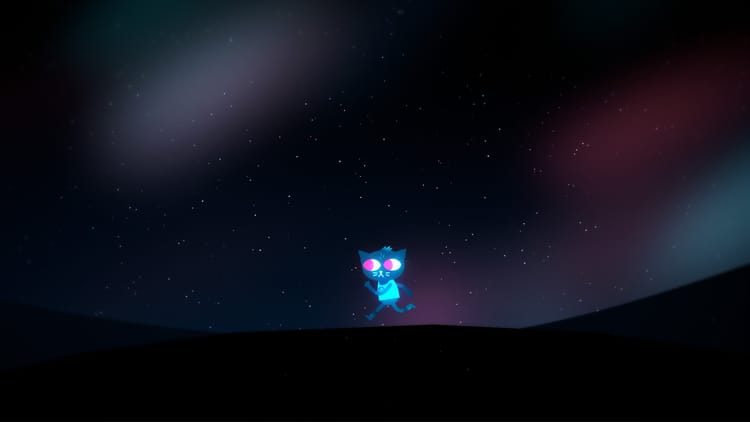Pokémon as slavery

It took 15 years for the Pokémon series to start looking inwardly at itself and question its own ethics. By then, it comprised videogames, anime, trading cards, toys, a whole damn franchise that might—it just might—have advocated slavery and/or animal blood sports. This isn’t meant to be one of those “24 Facts That Will Ruin Your Childhood” type of articles but it might have the same effect if you haven’t put any thought into the Pokémon series beyond whether to have your Rattata attack with a Tail Whip or a Bite.
Pokémon with the faces of wearisome middle-aged men
The series was created in 1995, but it wasn’t until 2010’s Pokémon Black & White that Team Plasma turned up, attempting to “liberate” Pokémon from their trainers. They did this either by convincing the trainer to release the animals they held captive, or if they refused, by stealing them. Understood in this way you might think that Team Plasma are on the side of good. They cared for weakened wild Pokémon and fought against the system that saw these creatures forced to live inside a tiny ball and then made to fight each other to their trainer’s benefit. Isn’t this the Pokémon equivalent of, say, PETA? Or eco warriors? Or, heck, Abraham Lincoln?
It would seem that way. But Team Plasma isn’t depicted as heroes in Black & White. Team Plasma is the villain. They’re villains with a point and plenty for you to think about, sure, but villains nonetheless to the series’ main characters, and thereby you as well. This position on the good-evil spectrum is solidified through one of the Team Plasma leaders, Ghetsis, who is motivated to release Pokémon not due to the cruelty they’re put through, but so Team Plasma can be the only team with battling Pokémon left. It’s a Pinky and the Brain-type “take over the world” plot.

Team Plasma’s arrival in the Pokémon canon has shook up how many of its fans have considered their most-loved franchise. There have since been essays that discuss whether Pokémon are “slaves or willing companions;” many forum debates on the subject that divided people (those who question the series and those who will defend it to the death); and others, like game critic Mattie Brice, who have applied the slavery narrative more deliberately to a Pokémon playthrough. One person suggests being captured by a trainer is part of a Pokémon’s natural life cycle, another asks if they’re on crack. Someone chimes in with a “it’s just a cartoon, man,” and the person who responds asking them to open up their mind gets called out for their apparent pretentiousness (or much worse), and so on.
Grim, isn’t it?
No matter what side of the debate you throw your Poké Ball on, it doesn’t change the fact that a game now exists that turns Pokémon much more explicitly into a game about slavery—and that can’t be argued against. Ojimon (uncle monsters) combines recognizable Pokémon with the faces of wearisome middle-aged men and has you capture them, force them to work in a mine, and on occasion accidentally kill them. It’s the handiwork of Japanese developer Keita Hirose who subtitles his game (as translated by Google) “Forced labor Black simulation game,” just in case there was any doubt as to what it is about.
Not that it isn’t obvious what Ojimon is about upon playing it. It has you tap on the screen to send what is essentially a Poké Ball into a green field to bump one of the monsters on the head, capturing it inside. Once done, the ball is sent down a green pipe. You can press a button to transition to the other end of this pipe to find a mine where your Ojimon wears a hard hat and wields a pick axe, slowly chipping away at rocks, supplying you with gold coins every now and then.

As you capture more Ojimon of the same type the ones in the mine will level up and, eventually, evolve into a more powerful form to get you more gold. The gold you get is used to upgrade a town, slowly turning the green field into an industrial complex that ruins the environment and allows for more efficient production powered by your slaves. The only enemy in the game is an Ojimon that resembles the electric ball Pokémon Voltorb. If captured, it will explode a huge electrical charge into your mine that your Ojimon wisely flee from. What doesn’t get off so safely is your town, which may be completely destroyed, forcing you to start over.
The Ojimon that flee from the Voltorb do return, seemingly safe, but I’ve noticed that you do amass graves in the mines, which you can see if you scroll to the right. Whether these mark older forms of the evolved Ojimon or are deaths caused by the electrical charge is something I haven’t worked out yet. Either way, it’s clear that your Ojimon die as they work for you. As evidenced by the miserable faces of the Ojimon, they are not having a good time during their forced labor commitment, and you are also killing them.
Grim, isn’t it? But that’s all there is to Ojimon: a simple loop of enslave, work, and death. It reduces Pokémon to just that any makes no concessions. Hence it seems to have a singular purpose, and that is to inform the fans of the Pokémon games that, in fact, they may have been the villains all along. Devoid of the safety net of the kid-friendly lore and world of Pokémon there’s no maybe about it left to debate. Don’t you see how sad those Ojimon’s faces are? Don’t you see the graves you’re making? The environment you’re destroying. You’re the monster and it’s made so easy.
You can download Ojimon for free on the App Store and Google Play.
h/t AnimeNewsNetwork



